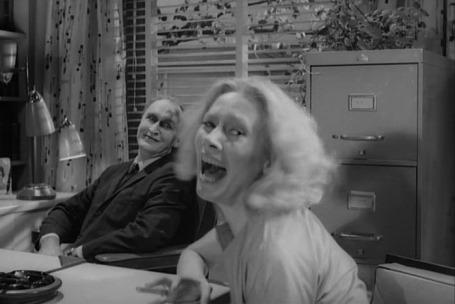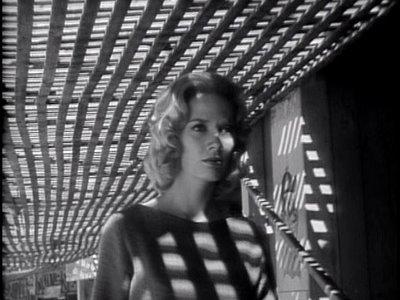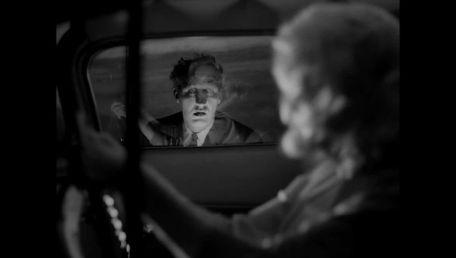Retro Review: 'Carnival of Souls'
In the 1950's and 1960's teenagers emerged as a marketable demographic with money to  spend, and one thing they enjoyed was going to the movies. Trying to appeal to the fast and loose teens who piled into drive-ins and matinees, Hollywood got to work churning out cheap and quick horror flicks. Filmmakers like Roger Corman and Herschell Gordon Lewis became cinema icons during this era by tapping into this market in a big way. In 1962 director Herk Harvey sought to make his own mark in cheap B-grade horror, but his film Carnival of Souls unintentionally became a groundbreaking masterpiece of psychological terror which still inspires filmmakers to this day.
spend, and one thing they enjoyed was going to the movies. Trying to appeal to the fast and loose teens who piled into drive-ins and matinees, Hollywood got to work churning out cheap and quick horror flicks. Filmmakers like Roger Corman and Herschell Gordon Lewis became cinema icons during this era by tapping into this market in a big way. In 1962 director Herk Harvey sought to make his own mark in cheap B-grade horror, but his film Carnival of Souls unintentionally became a groundbreaking masterpiece of psychological terror which still inspires filmmakers to this day.
After a drag race goes horrifically wrong, Mary finds herself needing a new direction in life. The young woman moves to a new town and takes a job as a church organist and moves into a boarding house. As she tries to move on, Mary finds herself haunted by the vision of an eerie specter in a black suit. Any attempts she makes to connect with others fails horribly as, mentally and emotionally, she seems to suffer from a form of PTSD. As the being known as "the Man" makes his presence more known in her life, Mary knows

While working for the small education film focused Centron Films, Herk Harvey was inspired by seeing what was left of the old Saltair Pavilion resort and amusement park. He asked his friend at Centron to help him write a screenplay which would have the story climax at this location and three weeks later the script for Carnival of Souls was done. For another three weeks, Harvey took vacation time from his job to shoot the film. He was able to rent the Saltair Pavilion for relatively cheap and for the rest of filming he would use his limited budget to pay locals to let him shoot quickly in different locations. This left little of the budget for production equipment, which in a strange way worked in the films favor as it forced the cast and crew to resort to increasingly creative methods. The result was the distinctive look and feel Carnival of Souls has become famous for over the years.
The visual language of this film is nothing short of chilling. There is an almost dreamlike, or more appropriately nightmare-like, quality to everything especially once the supernatural elements of the film make their presence known. Combined with the ominous organ heavy score from Gene Moore, Carnival of Souls is the kind of film which is haunting and also hypnotic. This truly lends to the idea that the story of this movie is one open to interpretation, especially once we reach a solid twist at the end. As viewers we wonder if all along Mary were simply dreaming this. Or maybe driven mad by survivor's guilt after the tragic drag race at the film's beginning. Perhaps did she even

Though it's initial release saw the film pass without much notice, it's notoriety grew in the decades which followed. It has become almost required viewing for aspiring filmmakers as it proves you do not need a ton of money or resources to make a stellar film. Many of the techniques pioneered in this film have become filmmaking mainstays. Directors from David Lynch to James Wan have cited Carnival of Souls as an influence on their own work. Due to it's status in the public domain it is rather easy to find a copy of the film, and this is one I wholeheartedly encourage you to seek out.

